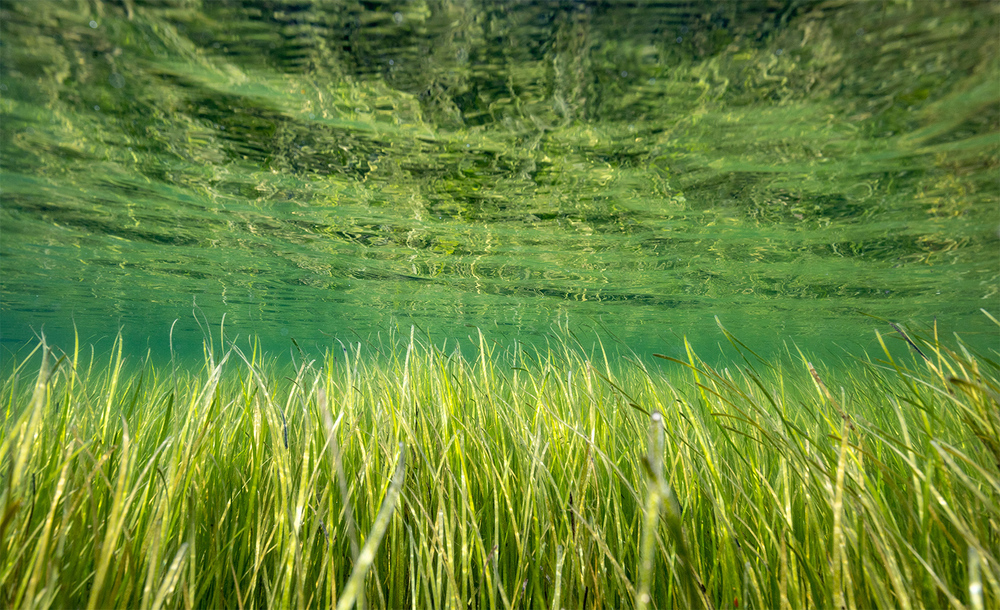A monumental discovery recently occurred off the west coast of Costa Rica—a new species of deep-sea octopus and two new octopus nurseries were found.
Back in 2013, an expedition took place in Dorado Outcrop, a seamount off the coast of Costa Rica. During this study, they found that the female octopuses gathered along the hypothermal vents to brood their eggs, but scientists didn’t witness babies. This made them believe that the warmer waters and limited oxygen ascending from the vents would not allow the eggs to fully develop. Now, after descending into the depths once again 10 years later, scientists are elated to find babies, transforming the Outcrop into an “octopus nursery.”
Upon the Octopus Odyssey’s initial dive, they found the second octopus nursery placed upon another hypothermal vent about 30 nautical miles from the original spot. Together, these two locations are two out of the three deep-sea octopus nurseries in the world. Scientists also believe that the octopuses found along the vents to be a new, unidentified species. Across their travels, they found four more species of octopus, three also being unidentified. Since scientists know very little about the brooding process and behaviors among deep-sea octopuses, their understanding of the process is vague. So far, cephalopod mollusk expert at the Field Museum in Chicago, Janet Voight, and her team know that the newly discovered species is in fact within the Muusoctopus genus, or deep-sea octopus family. Voight also observed that the two eggs were in similar size, meaning that the development time may be the same.
There are multiple theories on why these females gather to brood along the vents—the rocks are a shelter attractant, and the warm water helps them and their offspring survive. Ectothermic animals, those that do not maintain their body temperatures such as octopus, prefer to flourish in warm temperatures. Voight and her team have been able to observe the general processical details of brooding—females do not leave their eggs or eat during the process, if an egg becomes infected or “isn’t right” she will eat that egg before it contaminates the others, and the females die around the same time the eggs hatch.
“This expedition to the Pacific deep-waters of Costa Rica has been a superb opportunity for us to get to know our own country. The expedition had a significant number of local scientists and students which will accelerate our capacity to study deep regions. The information, samples, and images are important to Costa Rica to show its richness and will be used for scientific studies, and outreach to raise awareness of what we have and why we should protect it,” stated Researcher at the University of Costa Rica and the expeditions Co-Lead, Jorge Cortes.
Currently, the Dorado Outcrop region is unprotected to human activity, so one of the main parts of the expedition and mission is to determine if those regions are worthy of protection.
















